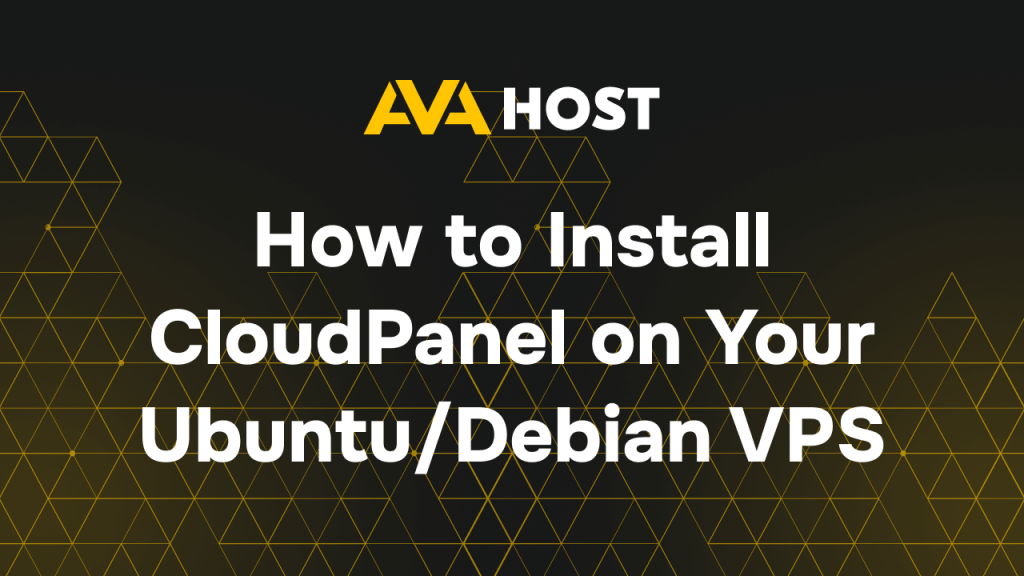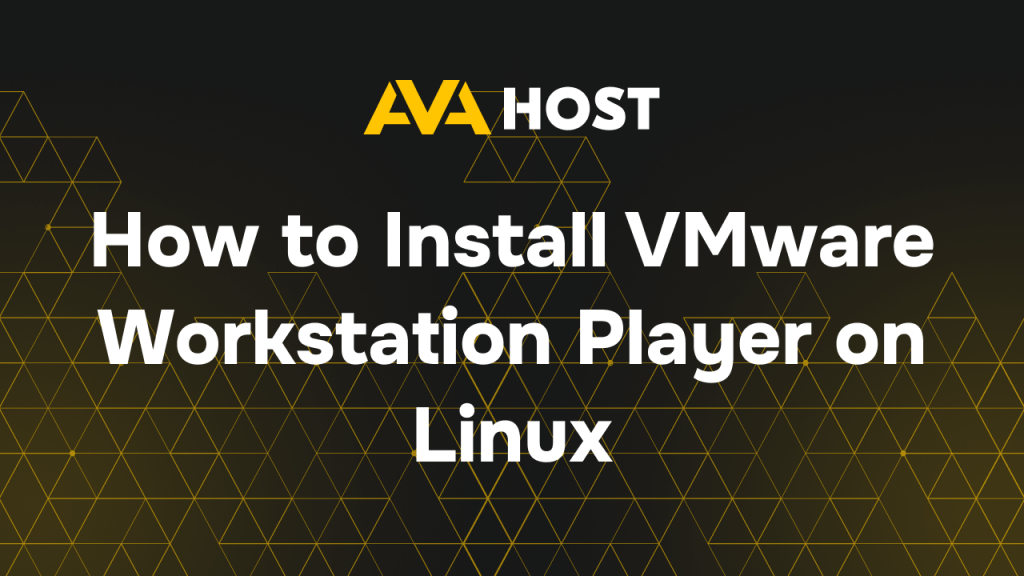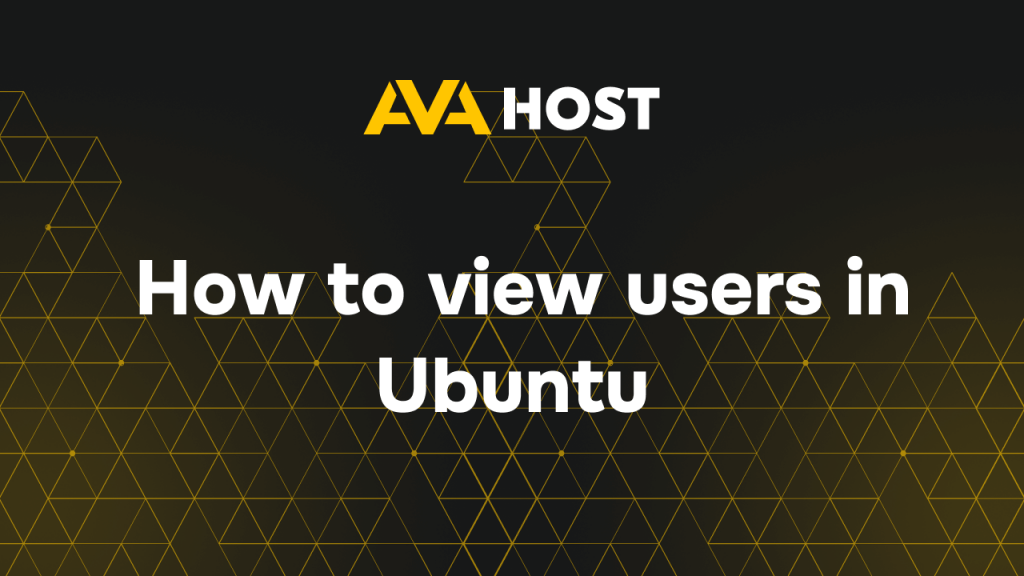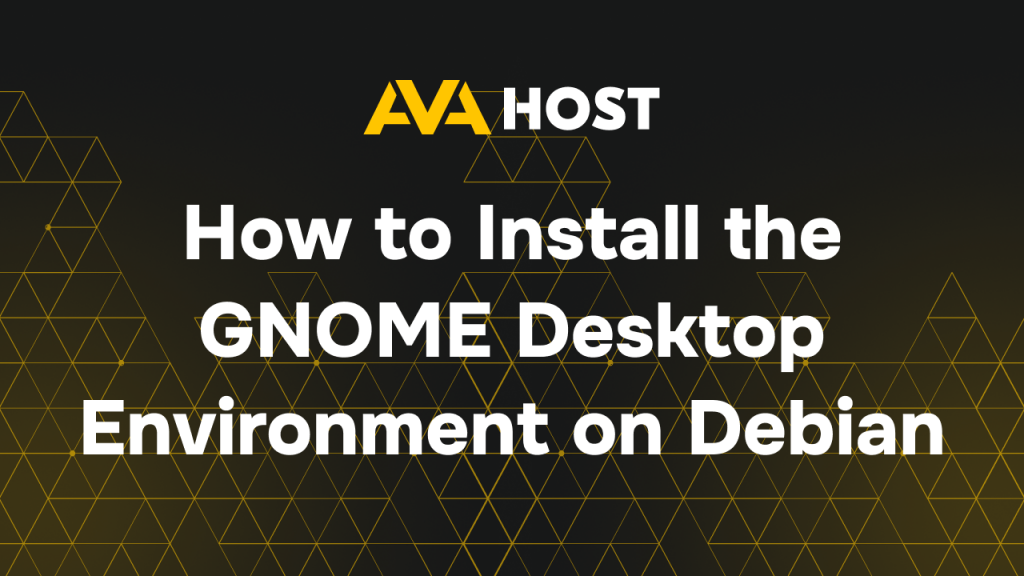Linux VPS

How to Install CloudPanel on an Ubuntu/Debian VPS with AvaHost CloudPanel is a lightweight, open-source control panel optimized for performance, ideal for managing web applications on an AvaHost VPS. This guide simplifies installing CloudPanel on Ubuntu 20.04/22.04 or Debian 10/11, with practical examples and tips for a secure, efficient setup. Introduction CloudPanel offers a modern, […]

VMware Workstation Player is a popular virtualization tool that allows users to run multiple operating systems on a single Linux machine. It is widely used for testing and development purposes. This guide will walk you through the installation process step by step. Prerequisites Before installing VMware Workstation Player, ensure that: Your Linux distribution is up […]

🚀 How to Fix the “PHP Max Input Vars Limit” Error in WordPress If you’re building or managing a WordPress site and suddenly encounter the error: “Warning: Max Input Vars limit reached”or“Increase max_input_vars to a higher value.” …it means your server is blocking PHP from processing too many input fields — often seen when saving […]

How to Add a User to the Root Group and Grant Privileges in Linux (Safely and Securely) Granting root-level privileges to a user in a Linux system is a powerful and dangerous task. It’s essential when managing servers, automation, or giving sysadmins full control — but it must be done correctly and securely to avoid […]

Creating an autoblog is an efficient way to generate content automatically and keep your website fresh with new posts without manual intervention. Websites that update frequently with new content tend to attract more visitors and can improve SEO rankings. However, maintaining such a constant flow of content manually can be time-consuming, especially if your site […]

How to View Users in Ubuntu Introduction Ubuntu, like other Linux distributions, manages users and permissions through a structured system. Whether you are an administrator or a regular user, knowing how to view existing users on your Ubuntu system is essential for security and management. Viewing All Users Ubuntu stores user information in the /etc/passwd […]

Secure Shell (SSH) is an essential tool for system administrators, developers, and anyone managing remote servers. With SSH remote access, you can securely connect to a remote machine, execute commands, transfer files, and perform administrative tasks. In this article, we’ll explore 10 common SSH commands that you should be using today. 1. Connecting to a […]

Transform your Debian system into a modern, user-friendly powerhouse by installing GNOME, a popular desktop environment known for its clean design and seamless functionality. Whether you’re a developer crafting applications, a sysadmin managing servers, or a casual user exploring Linux on ava.hosting’s reliable VPS or dedicated servers, GNOME offers a polished interface that boosts productivity. […]

How to Install OpenJDK on Ubuntu 22.04 OpenJDK is a powerful, open-source implementation of Java, widely used for developing and running robust applications. This concise guide simplifies the process of installing OpenJDK on Ubuntu 22.04, ensuring you have a reliable Java environment for development or deployment. We’ll also cover practical examples to help you get […]

Fixing the “Upgrade Ubuntu Install Updates” Error on AvaHost VPS The Upgrade Ubuntu Install Updates error can disrupt the process of keeping your Ubuntu system secure and optimized on AvaHost’s high-performance VPS. This error, often caused by broken packages, corrupt caches, or insufficient resources, prevents successful updates or upgrades. Leveraging AvaHost’s NVMe SSDs, LiteSpeed compatibility, and […]


